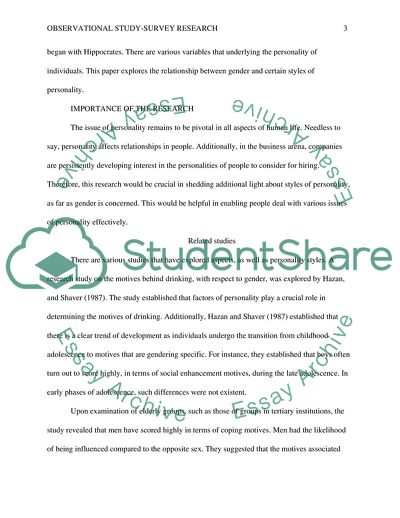Cite this document
(The Relationship between Gender and Personality Statistics Project Example | Topics and Well Written Essays - 2750 words, n.d.)
The Relationship between Gender and Personality Statistics Project Example | Topics and Well Written Essays - 2750 words. https://studentshare.org/psychology/1775306-observational-study-survey-research
The Relationship between Gender and Personality Statistics Project Example | Topics and Well Written Essays - 2750 words. https://studentshare.org/psychology/1775306-observational-study-survey-research
(The Relationship Between Gender and Personality Statistics Project Example | Topics and Well Written Essays - 2750 Words)
The Relationship Between Gender and Personality Statistics Project Example | Topics and Well Written Essays - 2750 Words. https://studentshare.org/psychology/1775306-observational-study-survey-research.
The Relationship Between Gender and Personality Statistics Project Example | Topics and Well Written Essays - 2750 Words. https://studentshare.org/psychology/1775306-observational-study-survey-research.
“The Relationship Between Gender and Personality Statistics Project Example | Topics and Well Written Essays - 2750 Words”. https://studentshare.org/psychology/1775306-observational-study-survey-research.


